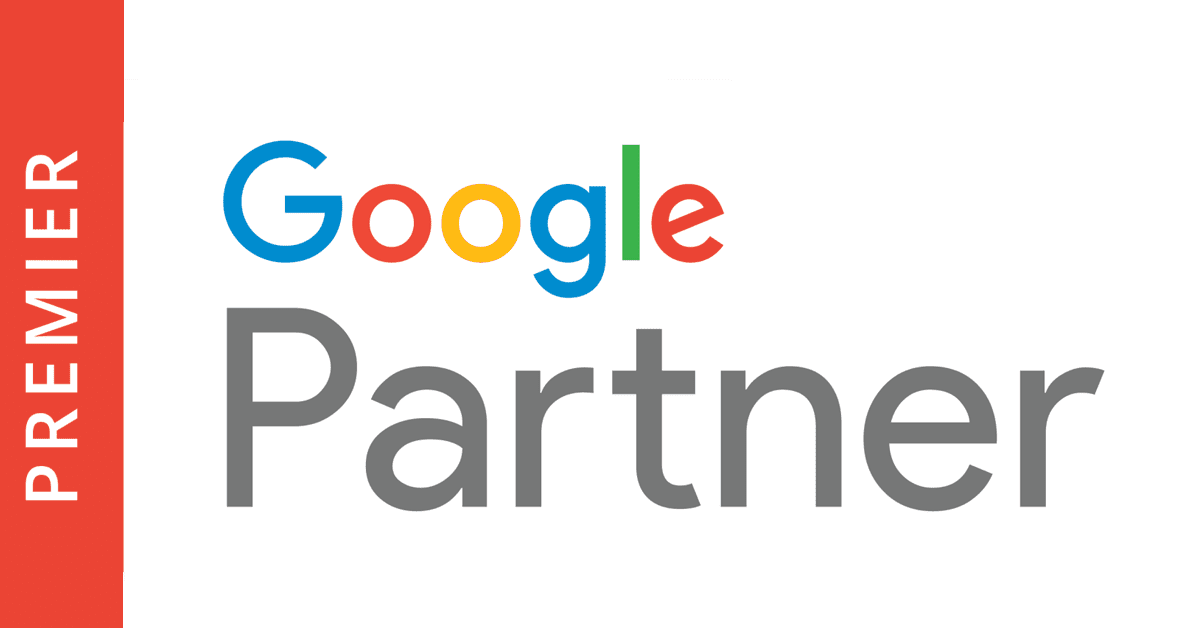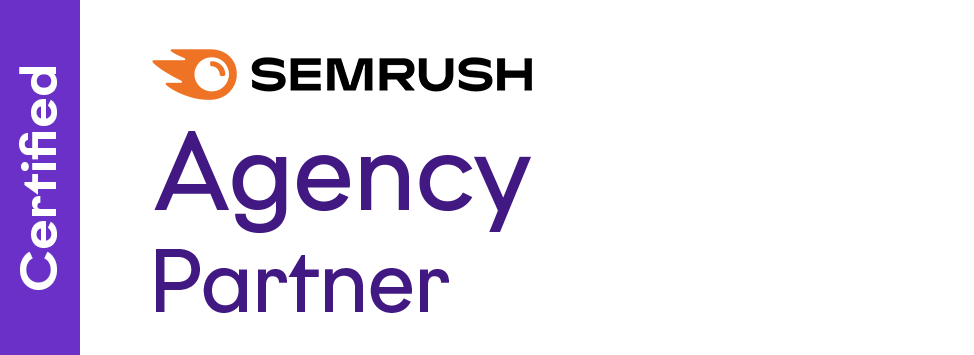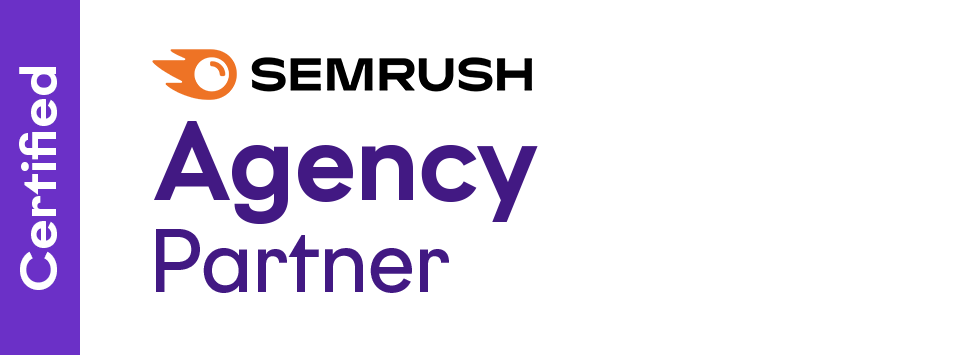In the dynamic realm of content marketing, the key to success lies in crafting quality content that resonates with your audience and aligns with search engine standards. This comprehensive guide delves deeper into the essential aspects of effective content creation, integrating advanced SEO concepts and user-centric strategies to empower your content marketing journey.
1. Stay Updated with Industry Developments
Staying informed about industry trends is crucial for creating relevant content. Keeping up-to-date with these trends allows you to produce material that is not only timely but also anticipates the needs and interests of your audience. Furthermore, this knowledge enables you to position your content as a go-to resource in your field, establishing your brand as a thought leader and influencer.
Here’s how to effectively tap into this:
- Leverage social media, especially Twitter, to monitor trending topics and gauge audience interest.
- Utilize tools like Buzzsumo to stay on top of emerging trends and popular content in your niche.
- Dedicate time to reading and research, ensuring your content is informed, current, and contextually rich.
2. Be Purposeful With Your Content Curation
Content curation is more than just sharing; it’s a strategic process of adding value to existing content with your unique insights, enhancing your brand’s authority and distinctiveness. Here’s a concise guide on how to curate content effectively:
- Select Quality Content:
- Identify authoritative sources relevant to your industry.
- Choose content that aligns with your audience’s interests and needs.
- Add Unique Insights:
- Provide context to relate the content to current trends or industry developments.
- Share your perspective or analysis, adding a new dimension to the original content.
- Enhance Brand Authority:
- Showcase your expertise through the selection and commentary on the content.
- Build trust by consistently delivering insightful and high-quality curation.
- Use Aggregation Tools:
- Tools like Flipboard and Paper.li help aggregate diverse content sources.
- Organize and personalize content to reflect your brand’s stance and message.
- Infuse Your Analysis:
- Include introductions or summaries highlighting key points and your takeaways.
- Encourage audience engagement and discussion to deepen content interaction.
Through thoughtful curation, you can transform existing content into a valuable resource for your audience, establishing your brand as a knowledgeable and insightful authority in your field.
3. Gain A Deep Understanding Of Your Audience and User Intent
Tailoring content to your audience requires deeply understanding their needs and search intents. Utilize analytical tools like Google Analytics to gain insights into their preferences and behaviours. Align your content with their search queries, ensuring it addresses their needs and questions.
A deep understanding of their needs and search intents is incredibly important when creating content that truly resonates with your audience. Here’s how to effectively tailor your content:
Leverage Analytics for Insights:
- Utilize tools like Google Analytics to delve into your audience’s behaviours and preferences.
- Analyze data on demographics, browsing habits, and engagement patterns to understand what your audience values.
Identify and Match User Intent:
- Understand the ‘why’ behind your audience’s search queries. Are they looking for information, a specific product, or a solution to a problem?
- Tailor your content to match these intents, whether it’s providing detailed guides, product reviews, or problem-solving content.
Align Content with Audience Needs:
- Create content that addresses the specific questions or challenges your audience faces.
- Use search query data to guide your content’s topics, tone, and style, ensuring it speaks directly to your audience’s interests.
Further Reading: How to create a buyer’s persona
4. Be Consistent And Keep Your Content Fresh
Ensuring that your content remains fresh, unique, and engaging is a pivotal aspect of a successful content strategy. This approach goes beyond mere consistency; it involves a dynamic process of continuous evolution and adaptation to maintain high-quality content that captures and sustains the interest of your audience.
Consistent Content Creation Schedule:
- Having a regular schedule for content creation helps maintain a steady flow of fresh ideas. This consistency is crucial for building audience anticipation and engagement.
- A well-planned content calendar allows you to strategically align your content with key industry events, seasonal trends, or important dates, ensuring your content is timely and relevant.
Quality and Uniqueness in Content:
- Regular writing practice, as part of your content schedule, ensures continuous improvement in the quality and uniqueness of your content. It helps in refining your brand voice and style, making your content stand out.
- Consistency in writing doesn’t just mean frequency; it also involves regularly revisiting and updating existing content to keep it current and comprehensive.
Freshness and Relevance:
- Keeping your content fresh is crucial, especially for topics that are dynamic or time-sensitive. Regular updates signal to both your audience and search engines that your content is current and valuable.
- Freshness in content also involves introducing new perspectives, insights, or updates to existing topics, which can re-engage your audience and attract new viewers.
Balancing Consistency with Creativity:
- While maintaining a consistent schedule, it’s important to balance routine with creativity. Always seek new ways to present information, whether through different content formats, multimedia integration, or interactive content.
- Regularly seek feedback from your audience to understand what works and what can be improved. This feedback can guide your content strategy, ensuring that it remains aligned with audience interests and preferences.
5. Emphasizing E-E-A-T in Your Content
Google is consistently placing a greater emphasis on Experience, Expertise, Authoritativeness, and Trustworthiness (E-E-A-T) as key factors in content evaluation. Demonstrate your expertise by citing credible sources, showcasing credentials, and providing well-researched, accurate information.
More on this: What is E-E-A-T? Google’s Criteria for Quality Content
6. Incorporating Multimedia Elements
Integrating multimedia such as images, videos, and infographics into your content significantly enhances engagement and caters to various learning styles. Here’s a brief overview:
- Diverse Formats: Using different media types like videos, infographics, and podcasts appeals to different audience preferences, making content more dynamic and engaging.
- Boosting Engagement: Multimedia, especially interactive content and videos, can increase interactions with your content. They make the content more visually appealing and shareable, leading to higher engagement.
- Improving Understanding: Visual and auditory aids help simplify complex topics, making them more accessible. Infographics, for example, can effectively summarize data or research findings.
- SEO Benefits: Multimedia can enhance SEO. Search engines favor content with varied media as it provides a richer user experience. Properly tagged images and videos also improve visibility in search results.
- Social Media Reach: Visual content is more likely to be shared on social media, thus expanding your content’s reach. Platforms like Instagram and YouTube are ideal for sharing multimedia content.
- Storytelling and Brand Identity: Multimedia aids in storytelling, helping to strengthen brand identity and emotional connections with the audience through consistent visual themes.
7. Don’t Forget About SEO
Incorporating effective SEO techniques, such as thorough keyword research, optimization, strategic meta-tagging, and organized content structure, is essential for enhancing your content’s online visibility and achieving higher rankings in search results. Understanding and skillfully applying these SEO methods can significantly increase your brand’s discoverability among your intended audience, ensuring it reaches and resonates with those most interested.
More on this: 7 SEO Tactics to Improve Your Business Website’s Visibility
Final Thoughts
By following these refined principles and incorporating the new insights, your content delivers value to your audience and aligns with the latest SEO practices. This guide is designed to enhance your content’s effectiveness, ensuring it captures attention and sustains engagement, contributing to your overarching content marketing goals.
Related Posts: How to create the ultimate content marketing strategy



















